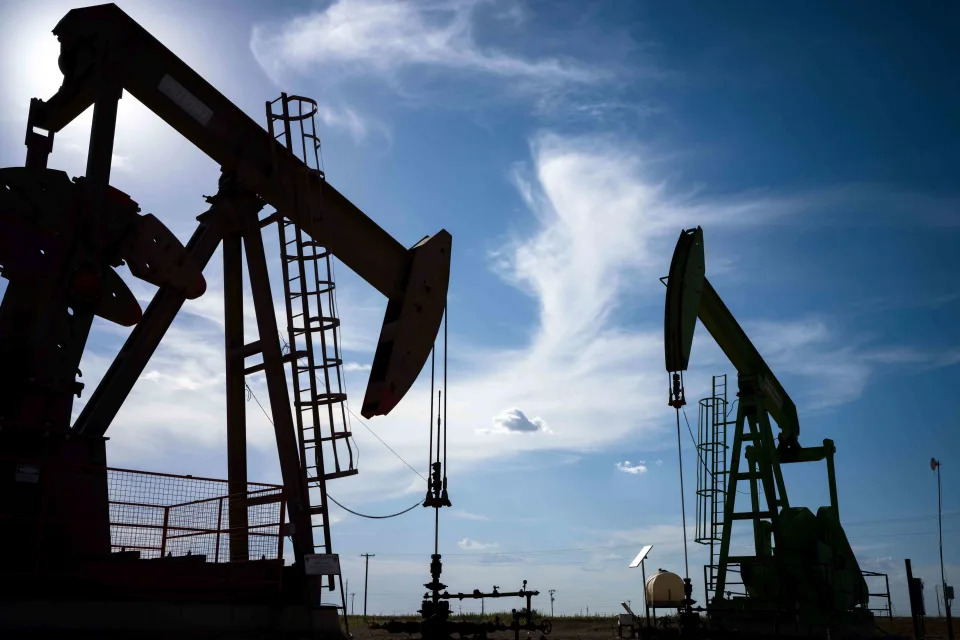Wall Street Expected a Good Year for These 3 Stocks—What Happened?

Key Takeaways
No one can predict the future, and Wall Street analysts, despite that being part of their job, are no exception.
According to a December 2023 analysis by FactSet Research, analysts expected energy stocks in the S&P 500 to rise by more than 25% this year, about double the expected return of the next-best performing sector . Three of the 10 S&P 500 stocks that analysts were the most bullish on the cusp of the current year were in energy: oilfield services providers SLB ( SLB ) and Halliburton ( HAL ), and oil and gas producer APA Corp. ( APA ).
It didn’t pan out the way Wall Street expected. For the second year in a row, the sector trailed the broader market. Of the industries tracked by an S&P Global index, oilfield services and oil & gas exploration are the two worst performers in 2024, down 12% and 9%, respectively, through Friday's close. Each of the three stocks mentioned above have declined more than 28% this year.
High Supply, Low Demand Depressed Oil Prices in 2024
Robust supply and sluggish demand have weighed on oil prices this year, creating a headwind for the companies that drill for crude. OPEC+ , the Saudi-led petroleum cartel, has sustained production cuts first implemented in 2023. But those cuts have been offset by record production in the U.S. and an economic slowdown in China , the world’s second-largest oil consumer.
Next year’s not expected to be much better for oil producers . The U.S. Energy Information Administration (EIA) forecasts crude prices will be about 6% lower on average next year as domestic drillers ramp up production to a record 13.5 million barrels a day.
Nonetheless, Wall Street expects shares of the three oil companies mentioned above to post sizable gains in 2025. APA’s median 12-month price target is about 33% above its price as of Dec. 20. SLB’s stock is expected to rise 48%, and Halliburton’s is seen by analysts as rising 39%.
Read the original article on Investopedia

